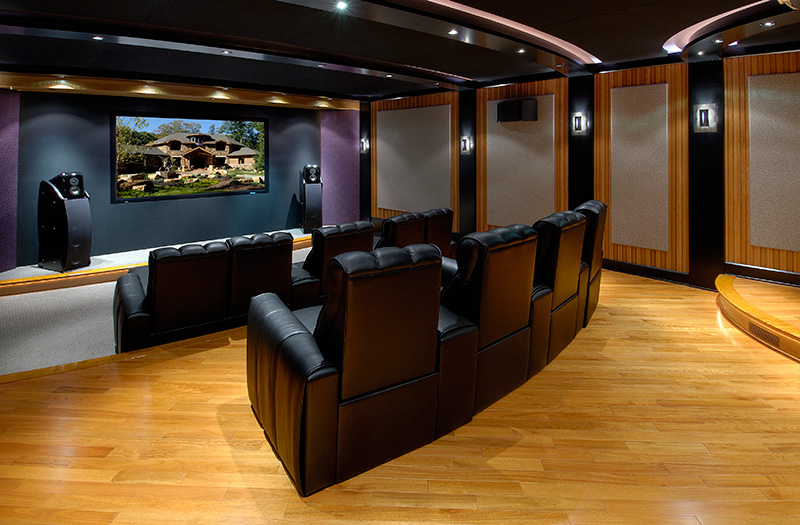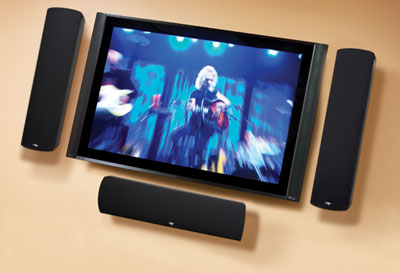
By Hartley R Smith II
Have you ever stopped to wonder why movie theaters are still around after all the advancements that have been made in home theater electronics?
How come the American public still shells out big bucks year after year just to see the latest flicks? Is it because they must see a particular movie right now?
Is it because it’s just a part of American culture? The answer to both questions is no. The reason why people are willing to spend untold amounts of cash just to see the latest movie is because of the experience that seeing a movie in a movie theater offers.
The big screen’s visual quality and the engaging life-like nature of the surround sound are the things that movie goers remember when they leave the theater. We can rather easily recreate the big screen visual experience, but the engaging nature of the movie theater’s sound still eludes many of us.
The first thing we have to know when it comes to recreating that theater sound at home is that different speaker brands have different tonal qualities. This means that each brand has a different sound to it than its competitors, even if it is slight; even if the specification’s sheet looks the same, the sound won’t be.
This is partly due to the fact that each manufacturer uses different materials to make their speakers, which in turn contribute to the sound, so make sure you get all the same brand of speakers, don’t mix and match.
The second thing we need to understand is that there is a difference between measured sound and actual sound. Measured sound is the specification numbers that come with or on the speakers, like frequency range, decibel (db) range etc.
Actual sound is how the speaker actually sounds to the human ear, so if you have the opportunity, it is always better to listen to a particular set of speakers before buying them. The reason is because the specification’s sheet might say for example, that the speakers should have booming base sound, but when you actually hear it, it doesn’t sound that way, so listen before you buy.

Third, the meaning of the terms 5.1 and 7.1 surround sound needs to be understood. 5.1 is simply the amount of speakers that the amp or amplifier is rated to send sound too. It also means that you have 5 speakers and 1 sub-woofer. 7.1 would then mean that you have 7 speakers and 1 sub-woofer.
Knowing the amount of speakers in your system is important when it comes to speaker placement. When positioning your speakers there are also a few things to keep in mind. First you want your chair, chairs, or sofa, to be in the center of the 5 or 7 speaker system that you have.
The two front speakers should be about 6 to 8 feet apart from each other and at an angle that points the sound directly to your sitting position. They should also be placed far enough from the walls so that the sound coming from the back of the speakers don’t reflect off of the walls and degrade the sound coming from the front of the speakers.
The same goes for the two rear speakers as well. The center speaker should be dead center at the bottom of your TV, pointing straight towards your seat. In the case of the two extra speakers in the 7.1 system, they are side speakers and should be placed half way between each front and rear speaker, pointing directly towards you.
The sub-woofer is usually the most misplaced speaker of them all because most people think that having the sub-woofer right next to them will help them enjoy the booming bass better. This is a mistake, the sub-woofer should ideally be placed next to a close hollow wall, so that the bass sound can travel throughout the entire room.
Getting a home theater in a box is a quicker and cheaper, but ultimately less effective way of building your home theater sound system. To truly replicate that movie theater sound experience, you really need to buy each piece separately. This can be expensive and time consuming, but well worth it when you hear the sound quality it produces. By keeping these simple pointers in mind, you too will say “Ah Listen to that?”
Article Source: http://EzineArticles.com/expert/Hartley_R_Smith_II/1349752

Memtech Acoustical offers acoustic wall panels in a variety of colors and options that can coordinate with your home theater decor and will also absorb sound and reduce reverberation.
Watch movies at home in style!

